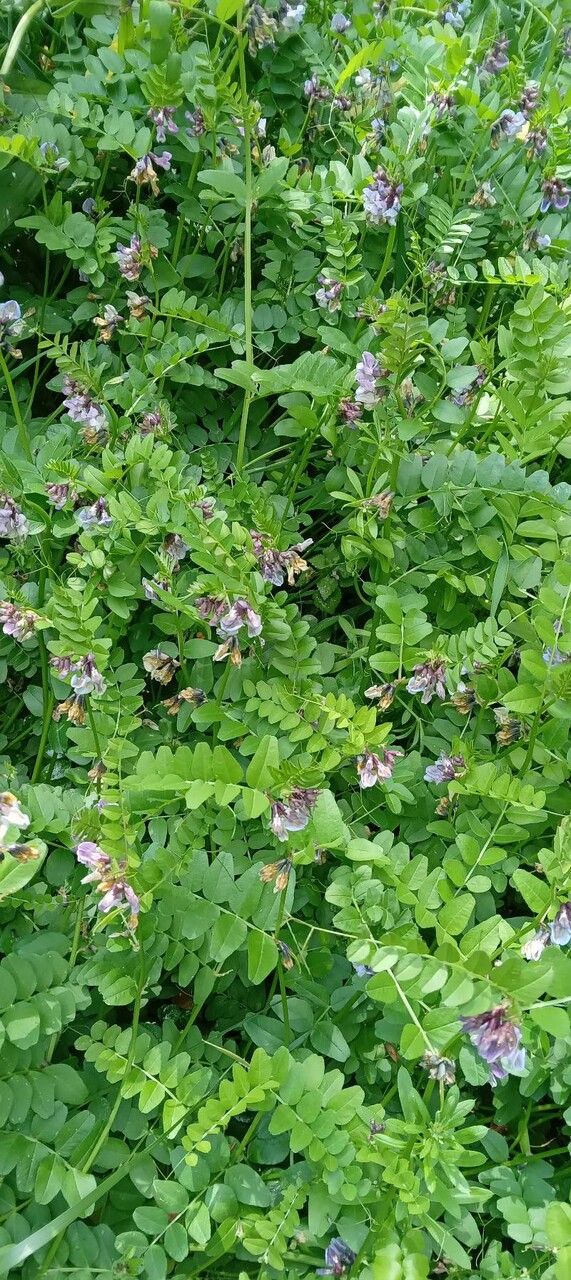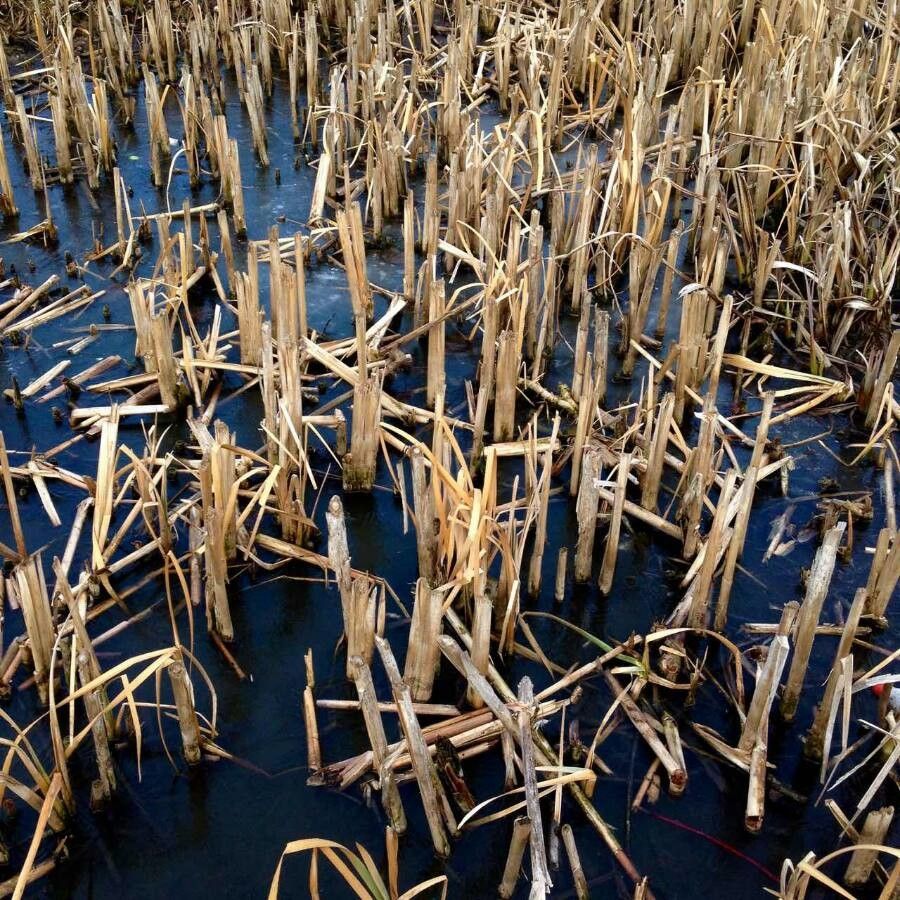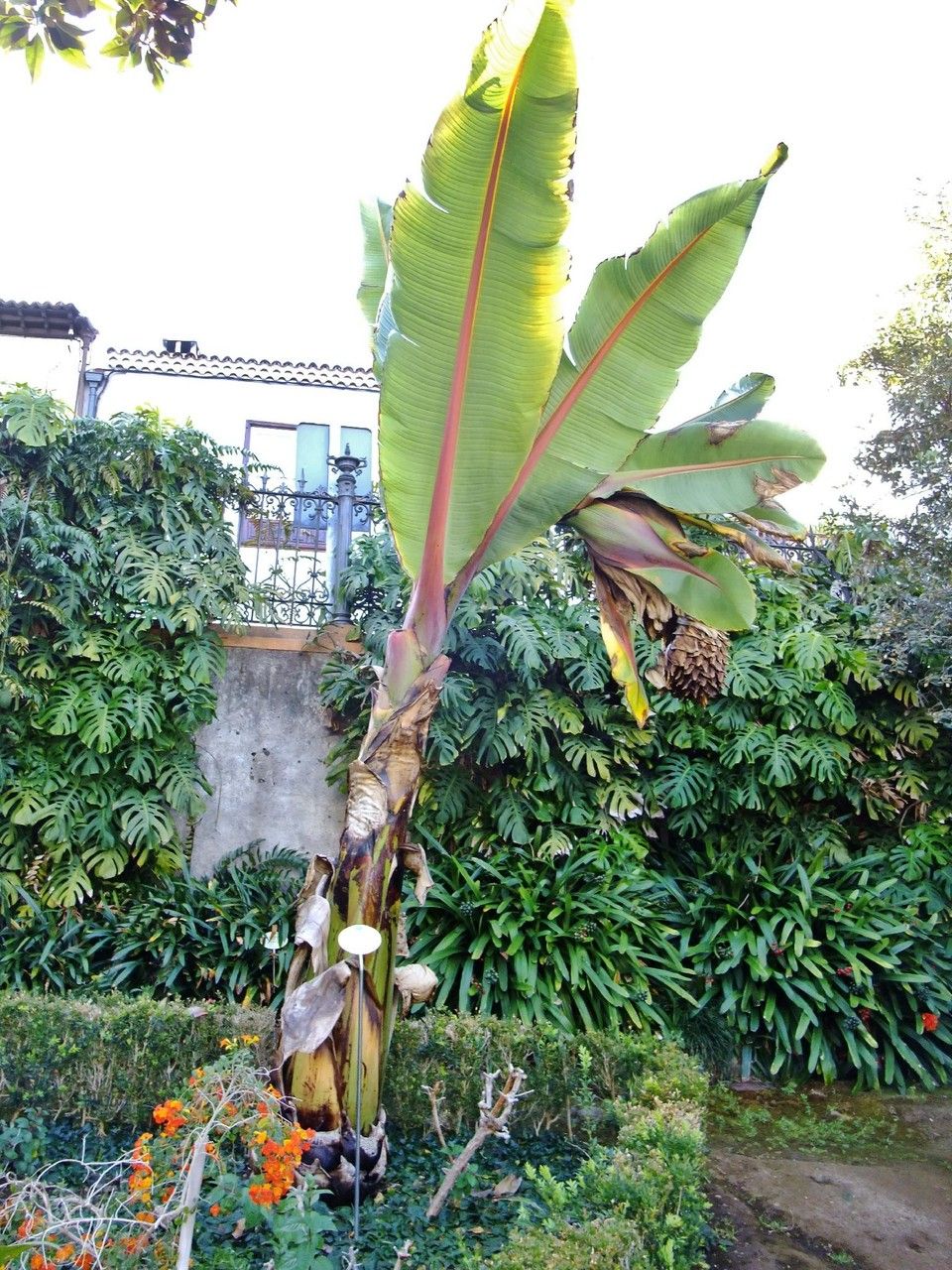## Hedge Vetch: A Comprehensive Guide
Hedge vetch (*Vicia sepium*) is a charming and common wildflower belonging to the Fabaceae family, better known as the legume family. This climbing plant is easily recognizable by its delicate purple flowers and trailing habit. While often overlooked, hedge vetch plays a vital role in many ecosystems and has a fascinating history.
### Identification
Identifying hedge vetch is relatively straightforward. Look for its slender, slightly hairy stems that climb or trail along the ground or over other vegetation. The leaves are pinnately compound, meaning they consist of several pairs of leaflets arranged along a central stem. Each leaflet is oval-shaped and ends in a tendril, a thin, twining appendage that helps the plant climb. The most striking feature is its beautiful, pea-like flowers. These are typically a vibrant purplish-pink, although variations exist. These flowers appear in racemes (clusters) from spring to early summer.
### Habitat and Growth
Hedge vetch thrives in a wide range of habitats, demonstrating its adaptability. You’ll find it flourishing in hedgerows (hence its name), meadows, woodland edges, and even along roadsides. It prefers full sun to partial shade and tolerates a variety of soil types, although well-drained soil is ideal. As a member of the Fabaceae family, hedge vetch is a nitrogen-fixing plant, meaning it enriches the soil with nitrogen, benefiting neighboring plants.
### Uses and Benefits
Hedge vetch provides valuable ecological benefits. As a nitrogen fixer, it improves soil fertility. Its flowers attract pollinators, including bees and butterflies, supporting biodiversity. Historically, hedge vetch has also been used as fodder for livestock, although its nutritional value is not as high as other legumes. It is not commonly used in human diets.
### Cultivation and Care
While hedge vetch is typically found as a wild plant, it can be cultivated in gardens. Sow seeds in spring or autumn directly into prepared soil. It requires little maintenance once established. However, providing support such as a trellis or fence will encourage healthy growth. Regular watering, particularly during dry periods, will promote lush foliage and abundant blooms. Weed control may be necessary, especially when young.
### Potential Issues
Although generally beneficial, hedge vetch can, in some circumstances, become slightly invasive. While not a major problem, its vigorous growth can sometimes out-compete desirable plants. Regular monitoring is advisable if grown in a cultivated setting.
### Conclusion
Hedge vetch, with its delicate beauty and ecological importance, is a fascinating plant worth appreciating. Its adaptability, ease of cultivation, and benefits to the environment make it a worthy addition to understanding the diverse world of wildflowers.
Hedge Vetch: A Complete Guide

Frequently Asked Questions
How to identify Hedge Vetch?
Look for its climbing or trailing stems, pinnately compound leaves with oval leaflets ending in tendrils, and clusters of purplish-pink, pea-like flowers. These features, combined with its habitat (hedgerows, meadows, etc.), will help you identify it.
Is Hedge Vetch good for my garden?
Hedge vetch can be a beneficial addition to a garden as it fixes nitrogen in the soil, enriching it for other plants. However, it can be invasive, so monitor its growth and consider providing support structures. It's best suited for wildflower gardens or naturalized areas.


